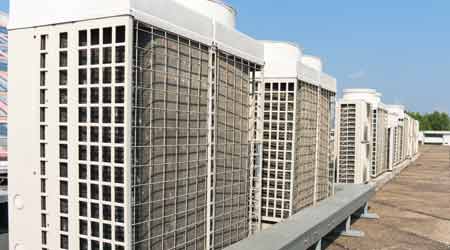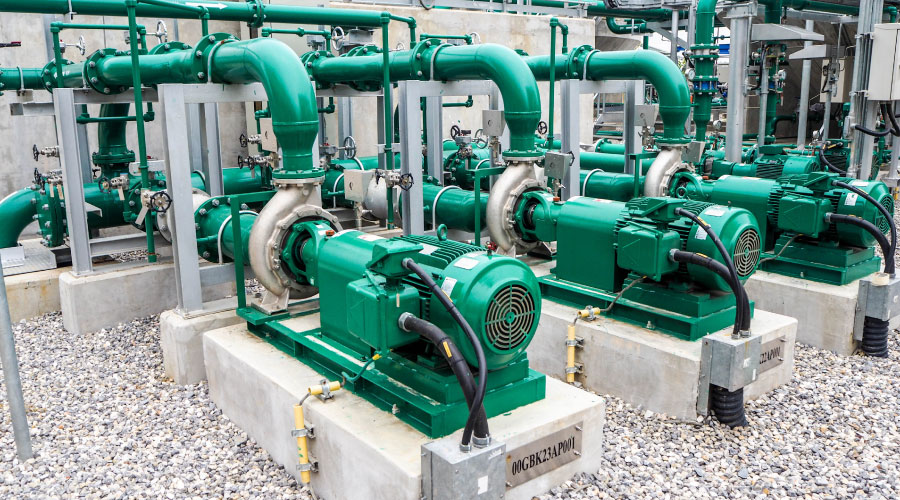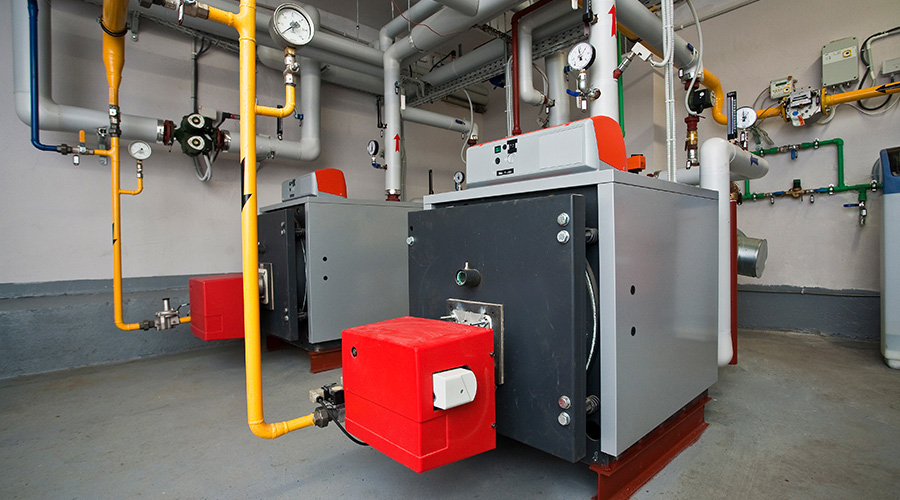 VRF technology continues to grow in popularity and could be the solution for managers seeking to address air conditioning comfort and cost concerns in their facility.
VRF technology continues to grow in popularity and could be the solution for managers seeking to address air conditioning comfort and cost concerns in their facility.VRF: Unlocking Potential Benefits
Managers who understand how VRF systems work can better understand the range of potential benefits.
Variable refrigerant flow (VRF) systems offer institutional and commercial facilities a range of potential benefits. But they can only deliver those benefits if managers pay close attention to the design, construction, startup, and maintenance and operation of systems and their components. Recommendations for success:
• Managers should consider VRF systems for buildings with multiple occupancies or tenants. They can benefit buildings with full owner occupancy, but the cost allocations will differ from buildings with partial- and full-floor tenancies.
• VRF systems work well where the massing and adjacencies create zones with widely varying heating and cooling loads.
• VRF systems can offer significant advantages when considering all factors in first and operating cost structures.
• VRF systems can present challenges related to design, installation, startup, charging, and commissioning, but managers who accept the challenges can deliver significant dividends for their facilities and organizations.
— Jack de Pagter, P.E.
Related Topics:















